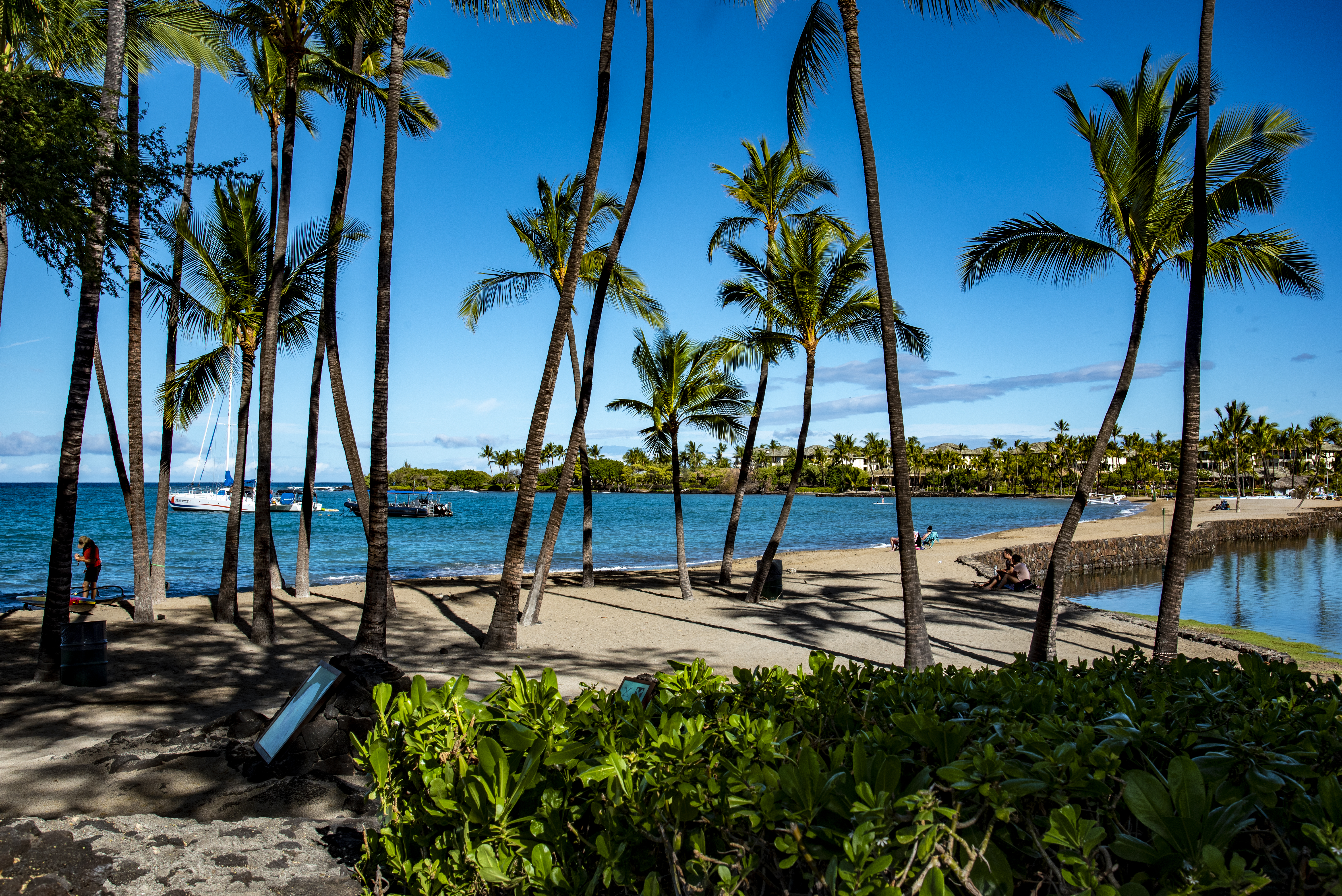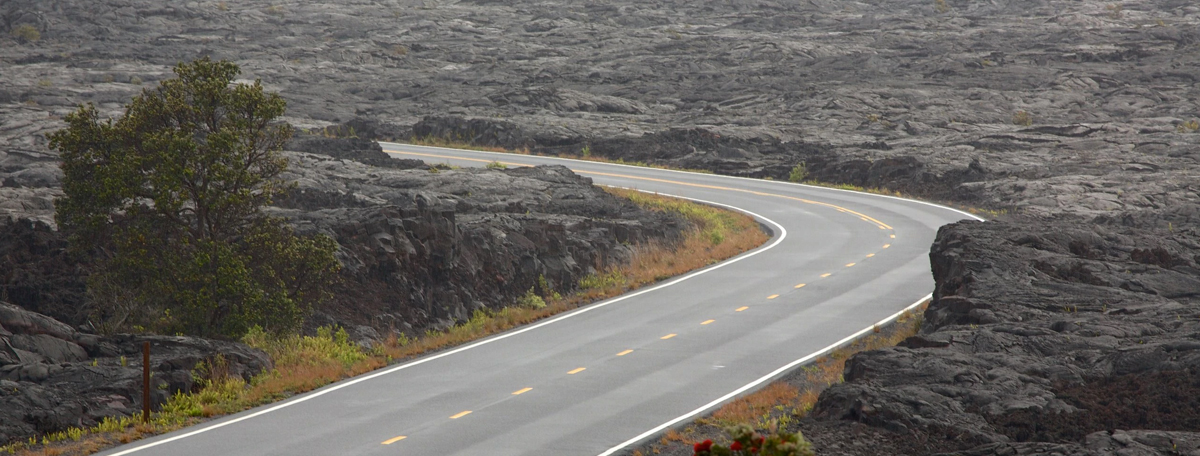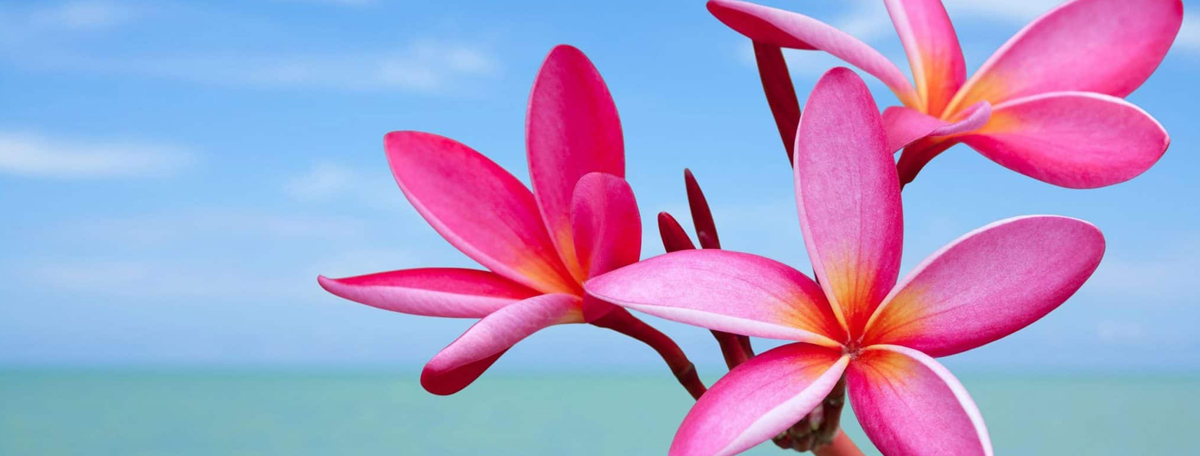
Unforgettable Adventures: Exploring Hawaii Volcanoes National Park on the Big Island
Are you ready to embark on a journey of awe-inspiring beauty and raw natural power? Look no further than Hawaii Volcanoes National Park, nestled on the breathtaking Big Island of Hawaii. This enchanting destination offers visitors a glimpse into the heart of the Earth, where molten lava flows, ancient craters beckon, and lush rainforests thrive…

Navigating the Big Island: Tips for First-Time Visitors
Welcome to the new year, and if visiting the Big Island of Hawaii is on your agenda, congratulations! You’re in for a treat. The Big Island offers a mesmerizing blend of diverse landscapes, activities, and cultural experiences that cater to all kinds of travelers, whether you’re an adventure seeker, nature lover, or culture enthusiast. However,…

Road Trip: Going to Volcano
Hawaii Volcanoes National Park is a must on any Big Island itinerary and makes for a great day trip. The volcanoes in Hawaii are a rare treat to explore as the landscape is ever-changing and is home to seven of the world’s thirteen climates. You will pass through a lush rain forest known for precipitation…

New Kilauea Eruption and Some Interesting Facts About Hawaii Volcanoes
You may have already heard that Hawaii’s famous volcano, Kilauea, is erupting again. The new eruption started on September 29 and is still ongoing as of the time of writing this post. Like the prior eruption in December 2020, this recent activity is confined within the volcano’s Halema’uma’u crater, so there is no danger to…

Hawaii’s Beautiful Flowers & How To Wear Them
Once you step off the airplane in Hawaii, the first thing you notice is that the air smells differently. This, in part, is because there are so many flowers here. Everywhere you look, there seems to be a splash of color and something in bloom. A mild soothing fragrance and bright colors give Hawaiian flowers…

Top 5 Must-Do Activities on the Big Island of Hawaii
The Big Island of Hawaii is so unique in so many ways. It is the youngest of all Hawaiian Islands; it has 11 of the 13 world climate zones, an active volcano, pristine land, you name it. What truly sets the island apart is that besides the usual blue ocean and beautiful beaches, it offers…